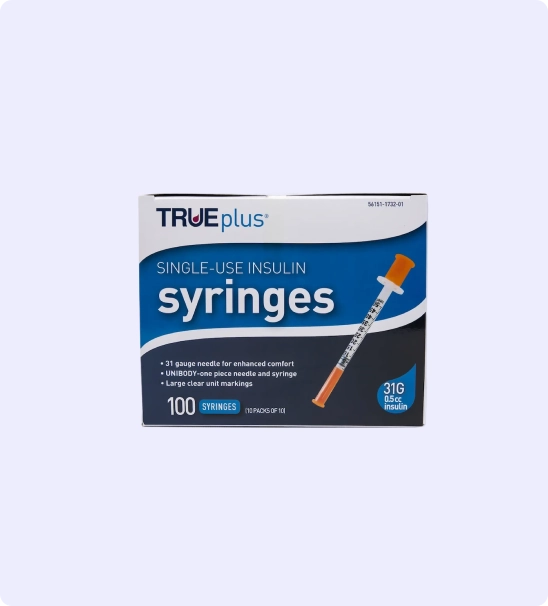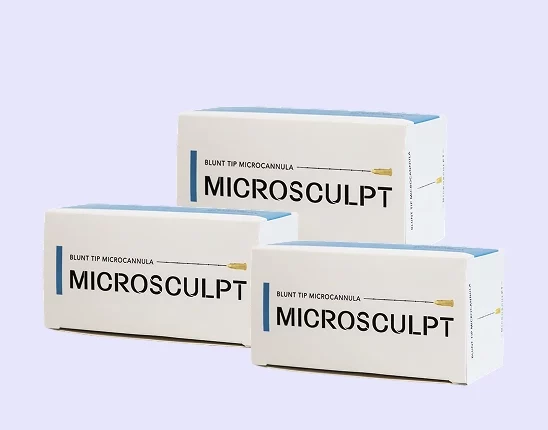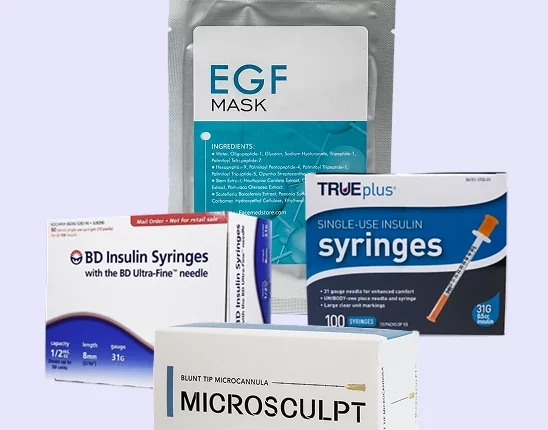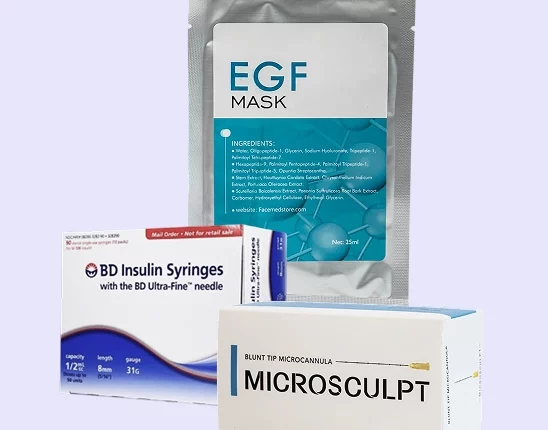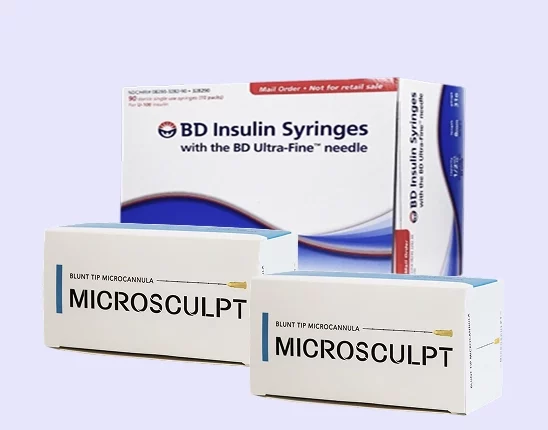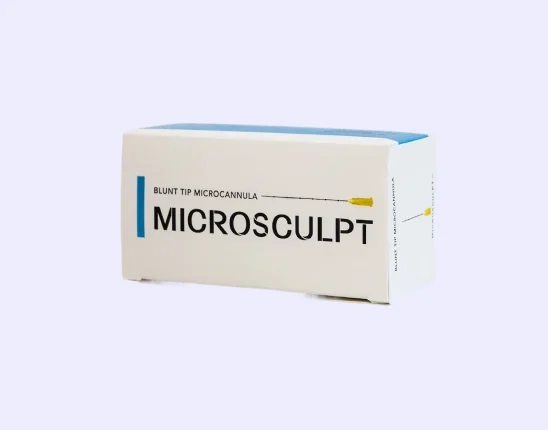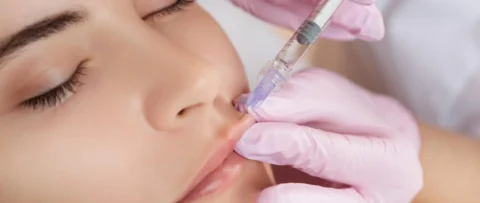Dermal fillers are a non-invasive and effective way to get rid of lines, wrinkles, and other signs of aging. Common dermal filler sites include the nasolabial folds, cheeks, jawline, and the area around the eyes. While most cosmetic practices still use a sharp-tip needle to insert filler material, more and more practices are switching to blunt-tip cannulas, especially for areas that have deep wrinkles.
But why use a cannula for under eye filler? The design of the cannula is well-suited to maneuvering around the sensitive skin of the eye and is less likely to bruise or hurt the patient during filler application. It also has several other merits for the injector, primarily the ease with handling filler material.
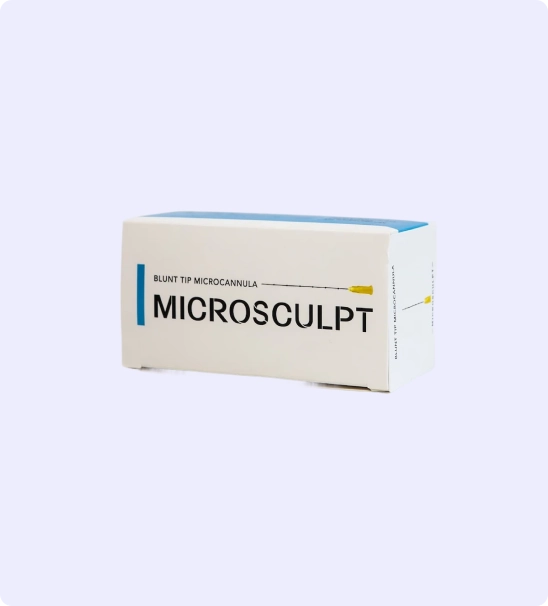
Injections Your Patients Will Love! Code “20OFF” Takes 20% off Your First Order!
Microcannulas are a tool that every great injector must master. Patients want quick results with no downtime. Our microcannulas are high quality and a fraction of the price of our competitors!
You can create an account here.
How Blunt Cannulas Work With Dermal Filler Treatment
Cannulas are similar to sharp-tip needles, since they can help add fillers and volume to the face. But they also have a few key differences:
| Cannula | Needle |
| Blunt tip | Pointed tip |
| Designed to push its way past the dermal layer | Pierces through the dermal layer |
| Longer than needles | Shorter than cannulas |
| May have a flexible needle shaft | Needle shaft is usually rigid |
Both tools are used with plenty of dermal fillers like Juvederm, Restylane, and Bellafill. They don’t discriminate between hyaluronic acid fillers and non-HA fillers, and are minimally invasive methods of applying injectable material to the body.
Cannulas are better to use with dermal fillers since they avoid some common complications associated with using hypodermic needles, such as:
1. Increased risk of bruising, bleeding, and swelling
The skin circles under the eyes are very delicate and are far softer than other areas of the face, which makes them prone to bleeding and bruising if sharp-tip needles are used. Since cannulas push through the skin, there’s less chance of them piercing an artery or a blood vessel.
2. Longer post-operative care
While some recovery is always required after injecting dermal filler, using needles increases the time required to recover from using injectables. Since the trauma caused by the needle piercing through the layers can take some time to heal (even longer if there are multiple injection sites), cannulas are an excellent alternative if the patient wants to resume their usual activities right away.
3. Painful trauma to the placement site
Dermal fillers that are injected via sharp tip needles need to always be injected on-site. Cannulas only need one entry point and can reach a wider area after the initial incision has been made. This single entry point places less stress on the skin to recover and allows dermatologists to reach delicate areas like the circles underneath the eyes from adjacent sites.
These advantages make the cannula an ideal tool to use on filler areas under the eye, since tear trough lines are near plenty of sensitive skin and organs that can be affected if a sharp-tip needle is used. Patients are less likely to complain about pain, the recovery time after the procedure, and the overall injection experience. A blunt cannula also offers more precision to the area underneath the eye, which can help get rid of dark shadows and dark circles with better efficacy than needles.
When A Needle Is Still The Best Choice For Tear Trough Treatment
These points aside, dermatologists should not always default to the cannula as the best option with other types of dermal fillers or cosmetic injectables. For example, Botox’s efficacy will not work if applied via cannula, and some fine lines on the face like the sides of the lips may work better if sharp-tip needles are used.
Cannula use is also limited by the injector’s own understanding of the patient’s anatomy. While the design of the blunt-tip cannula avoids most problems with trauma to the injection site, it can still be possible for the patient to experience a negative procedure if the dermatologist isn’t used to the tool.
Most cosmetic practices actually use both cannulas and needles with their dermal filler treatments, swapping between both when needed. This allows for greater flexibility with filling sizable areas of the face and limits the amount of trauma that the patient experiences.
Considerations Of Using Cannulas For Tear Trough Treatment
As the area under the eye is extremely delicate, special considerations need to be taken by both the patient and the dermatologist when using cannulas. Even if most beauty treatments use the cannula, there are still concerns that could arise from their use.
For patients
If a patient has never had a cannula injection before, they may feel some difference with the sensations usually associated with dermal filler injections. In these situations, they may twitch or move their facial muscles involuntarily, which can disturb the path that the cannula is following and interfere with the flow of the filler material.
A patient must stay calm during cannula injections under the eye, since the bags are directly underneath the eyeball. If possible, they should request a numbing anesthetic from the attending dermatologist, though the procedure for cannula injections are more or less the same as the ones that involve a hypodermic needle.
For dermatologists
Dermatologists need to set their patient’s expectations about how the procedure will be different once they use a blunt-tip cannula. Their patients may have initial misgivings or discomfort about the use of cannulas and how they act underneath the skin, so they must be assured that the benefits of using a cannula far outweigh the risks.
Aside from that, dermatologists also need to train themselves with the use of a blunt-tip cannula. Some common complications that involve cannula use usually arise from inexperience with handling the tool. If possible, staff in cosmetic practices should get the proper certification and training before starting procedures using cannulas.
Overall, cannula use in tear troughs, bags under the eyes, and other sensitive areas are unlikely to run into any major complications, though certain care must still be taken with their use. These issues can be easily avoided with a consultation between the surgeon and their patient.
Buy High-Quality Medical Tools And Devices From FACE Medical Supply
-
 Microcannula Multi-Gauge Precision Set
Microcannula Multi-Gauge Precision Set -
 Microcannula Complete Injection System
Microcannula Complete Injection System -
 Microcannula Size Progression Training Kit
Microcannula Size Progression Training Kit -
 Microcannula Professional Starter Kit
Microcannula Professional Starter Kit -
 Microcannula Volume Practice Pack
Microcannula Volume Practice Pack -
 23 gauge 50 mm (2 inch) Microcannulas
23 gauge 50 mm (2 inch) Microcannulas -
 22 Gauge 100 mm (4 inch) Microcannulas.
22 Gauge 100 mm (4 inch) Microcannulas. -
 27 Gauge 38 mm (1.5 inch) Microcannulas
27 Gauge 38 mm (1.5 inch) Microcannulas -
 25 Gauge 38 mm (1.5 inch) Microcannulas
25 Gauge 38 mm (1.5 inch) Microcannulas
Cannulas are best used for tear trough fillers since it’s easier for the dermatologist to apply and reduces post-op recovery for the patient. Aside from the added flexibility with areas of application, cannulas are more gentle on the skin, cause less site trauma, and offer better control over the flow of the filler. These aspects are crucial to obtaining the best results from filling in this kind of line and avoids many of the complications with using traditional hypodermic needles.
FACE Medical Supply is a proud partner of many cosmetic practices and dermatologists with their goal of bringing high-quality and innovative cosmetic treatments to their patients. By providing quality and affordable medical tools and devices, we help our clients deliver the best kind of service without worrying about the cost to their bottom line.
For more information on our different stocks, contact us today.
Learn more: Can Too Much Collagen Cause Hair Loss?
